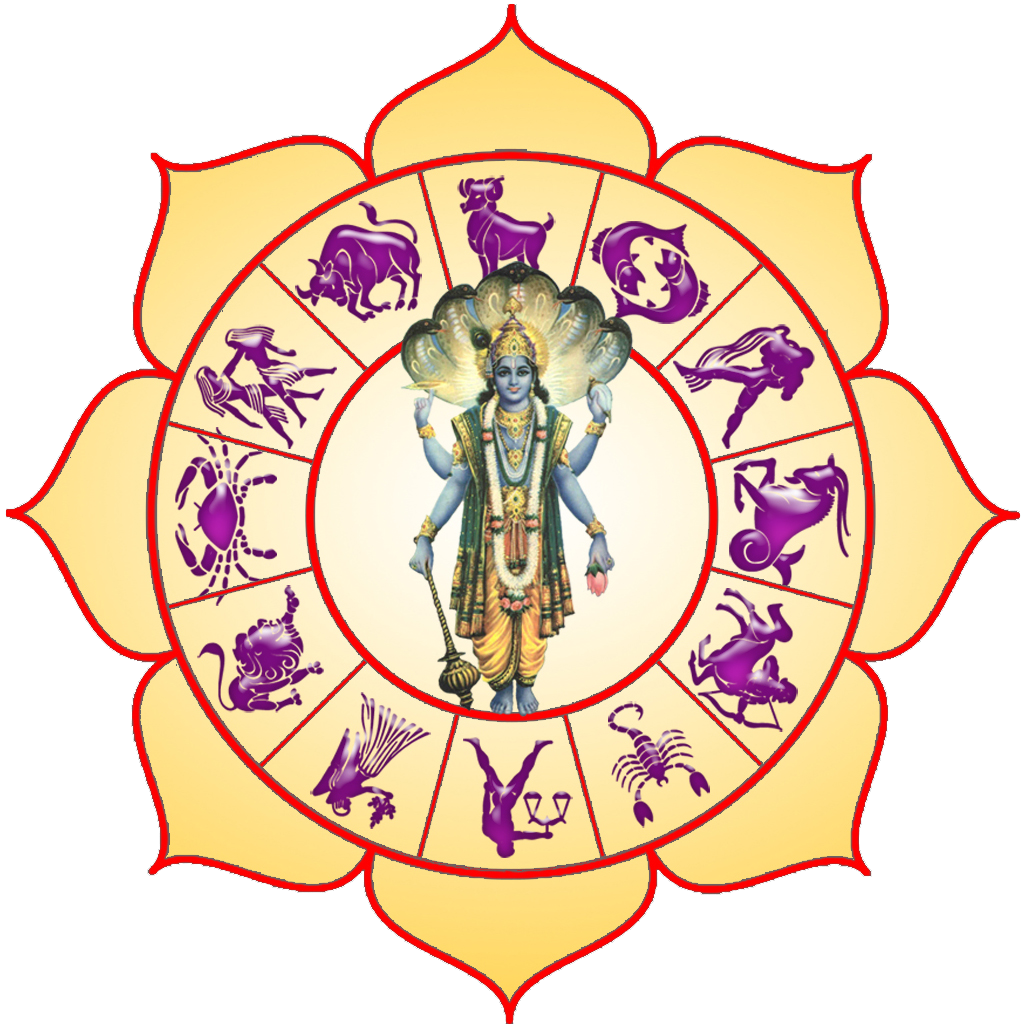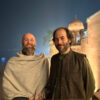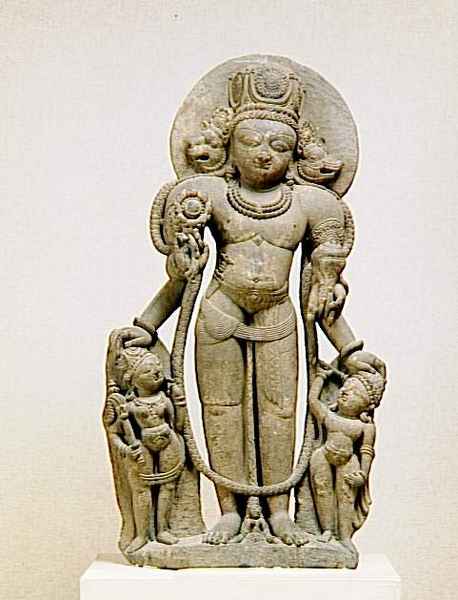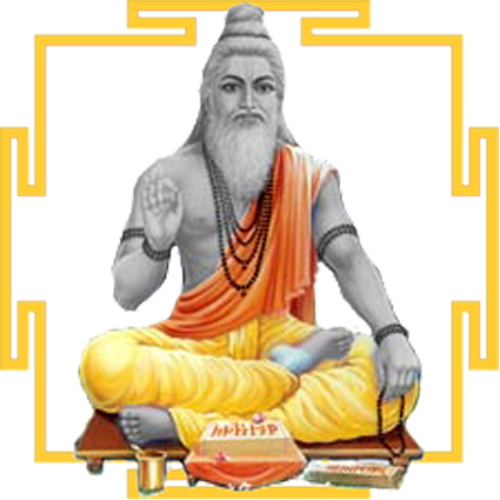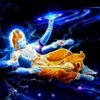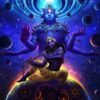 Devaguru Bṛhaspati Center (DBC) is a subsidiary of Śrī Jagannāth Center (SJC) that was established (1998) in India with the objective of teaching in the tradition (jyotiṣa paraṁparā) of Śrī Acyutānanda Dāsa of Oḍisā. We emphasize and adhere to the wise teachings of the Maharṣi’s like Parāśara and Jaimini. Mentors are called jyotiṣa gurus who are well qualified and participate or head study centres.SJC attempts to infuse the highest standards of integrity through the strict discipline of yogic practices of Vedic tradition including training in remedial measures. Meditation including dhyāna, dhāraṇa, and pranayama is taught to ensure spiritual discipline while classes on scriptures and Sanskrit ensure a balanced spiritual growth along with the knowledge of astrology.SJC aims at continuing the time honoured guru-śiṣya tradition and is dedicated to the propagation of Vedic and Vedic Astrology learning covering the gamut of allied subjects including astrology, scriptural studies and mantra śāstra, numerology, vāstu śāstra, sakuna śāstra, svapna śāstra and yoga.
Devaguru Bṛhaspati Center (DBC) is a subsidiary of Śrī Jagannāth Center (SJC) that was established (1998) in India with the objective of teaching in the tradition (jyotiṣa paraṁparā) of Śrī Acyutānanda Dāsa of Oḍisā. We emphasize and adhere to the wise teachings of the Maharṣi’s like Parāśara and Jaimini. Mentors are called jyotiṣa gurus who are well qualified and participate or head study centres.SJC attempts to infuse the highest standards of integrity through the strict discipline of yogic practices of Vedic tradition including training in remedial measures. Meditation including dhyāna, dhāraṇa, and pranayama is taught to ensure spiritual discipline while classes on scriptures and Sanskrit ensure a balanced spiritual growth along with the knowledge of astrology.SJC aims at continuing the time honoured guru-śiṣya tradition and is dedicated to the propagation of Vedic and Vedic Astrology learning covering the gamut of allied subjects including astrology, scriptural studies and mantra śāstra, numerology, vāstu śāstra, sakuna śāstra, svapna śāstra and yoga.It concentrates on propagating research in the highest scholastic tradition in the different areas of jyotiṣa and aims at demystifying the subject by rescuing it from the hands of quacks, while restoring its dignity and prestige that it enjoyed previously.

SJC has numerous students around the world who are connected through e-lists (Achyuta Gurukula, Varāhamihira, Vedic Astrology) and free online classes where there are intense discussions on a variety of issues. In more recent times, numerous study circles and centres have started around the world.
We believe that Śrī Jagannāth Mahāprabhu (Kṛṣṇa in the form of the Universal Teacher as adored and worshipped in Puri, India) will always guide our intellect in this holy mission.
नीलाचलनिवासाय नित्याय परमात्मने।
बलभद्रसुभद्राभ्यां जगन्नाथाय ते नमः॥१॥
nīlācalanivāsāya nityāya paramātmane|
balabhadrasubhadrābhyāṁ jagannāthāya te namaḥ||1||
Obeisance to the omnipresent, paramātma, Jagannāth (Mahāprabhu), Who resides at Nilāchala, the blue mountain, with Balabhadra (brother Balaram) and sister Subhadrā.
Objectives
The Parāśara Jyotiṣa Course (PJC) is taught in the tradition of Puri, India and includes spiritual instructions to develop the mind in order to grasp the entire subject. The student is to develop a keen understanding of Vedic astrology and will master all the śloka of Bṛhat Parāśara Horā Śāstra (BPHS).
The syllabus primarily includes the jyotiṣa classic Bṛhat Parāśara Horā Śāstra as available today. The various chapters are grouped into topics to be covered in four years for the certification as Jyotiṣa Paṇḍita.
Why are we approaching the topics of BPHS in this manner?

This is the manner in which we have learnt Bṛhat Parāśara Horā Śāstra and that is the exactly same manner in which we intend to teach this vedic classic. The present form of BPHS is the result of the efforts to bring together the lost book. Even at the heights of his fame, Varāhamihira did not have access to BPHS which can only mean that the book was not publicly available and only certain brāhmaṇa families held this sacred knowledge in secrecy. Later, fragmented chapters were recovered from all over North India and various versions of BPHS has been published, each with a few more chapters. We believe that the original had 108 chapters of which about 100 chapters are available.
We have a very definite plan for PJC Year-1 in which we cover 28 Chapters of BPHS, which itself is no mean achievement, in a systematic manner. We first learn about the Graha, the Upagraha (including Aprakāśa graha), the signs (rāśi) and bhāva (houses).
We then bring these factors together in learning how the graha affect the rāśi and the bhāva, starting with the lordship of the rāśi and the effect of the placement of these rāśi lords as owning different bhāva, in other bhāva. This is critical to proper judgement of the chart. Dṛṣṭi (aspect) is an important topic in this year. Rāśi dṛṣṭi is learnt in a very natural manner followed by graha dṛṣṭi. We also learn the exact difference between the two thereby being able to appreciate the reasons for having these two so different types of dṛṣṭi.
There is so much more in the very first year or Parāśara Jyotiṣa Course. Are you willing to take the leap into this ocean of Jyotiṣa, then … start PJC Year-1.

